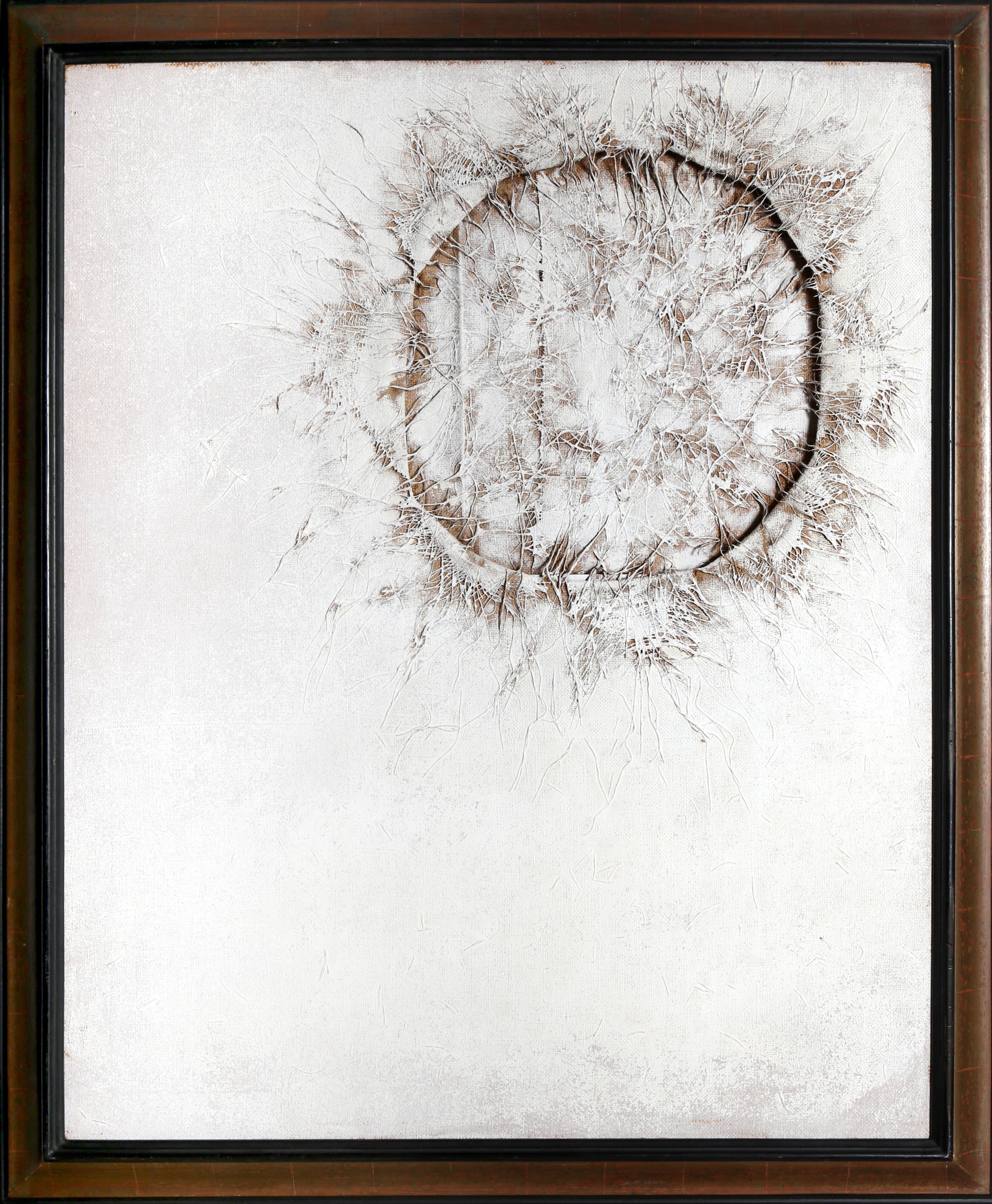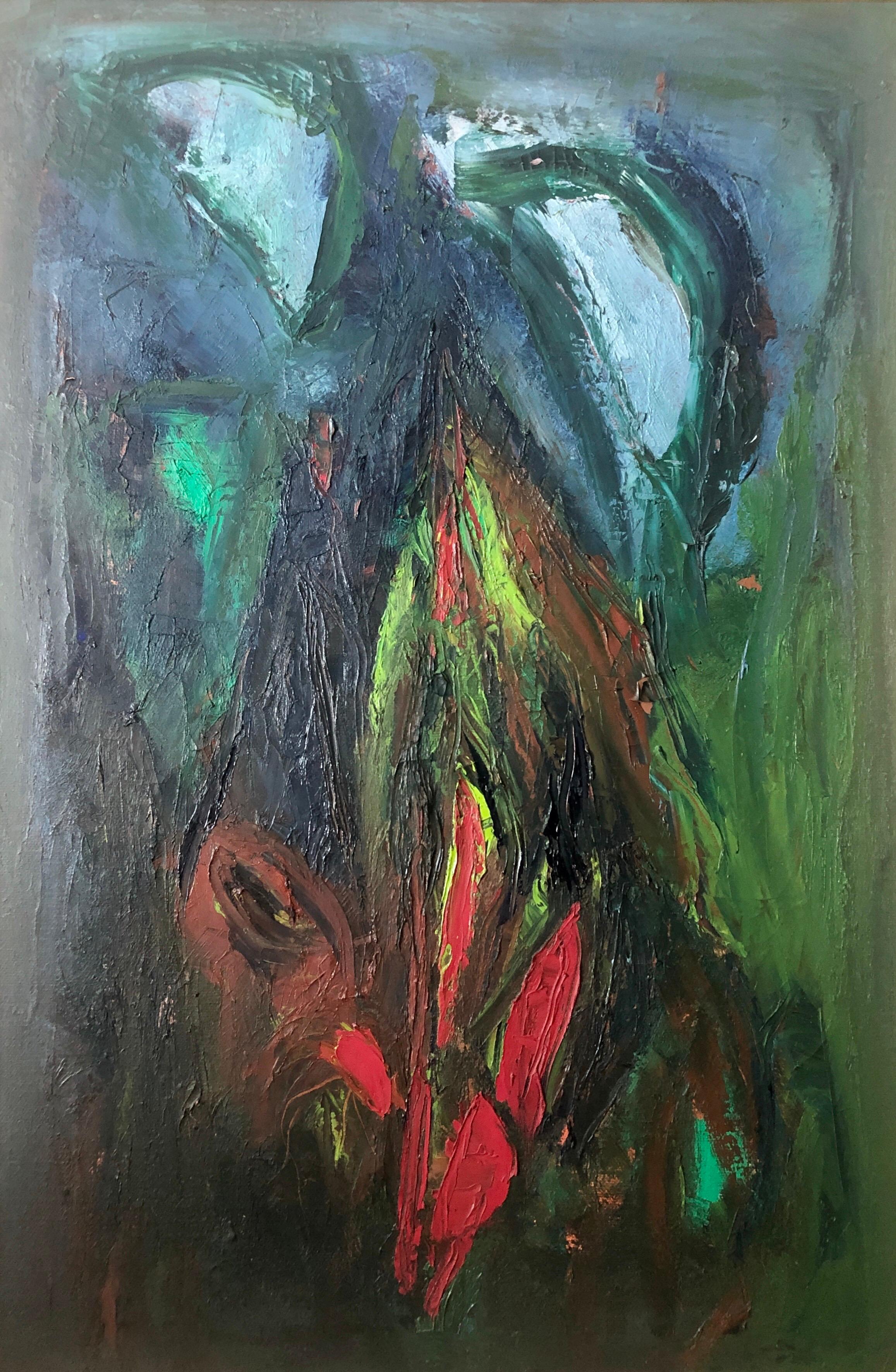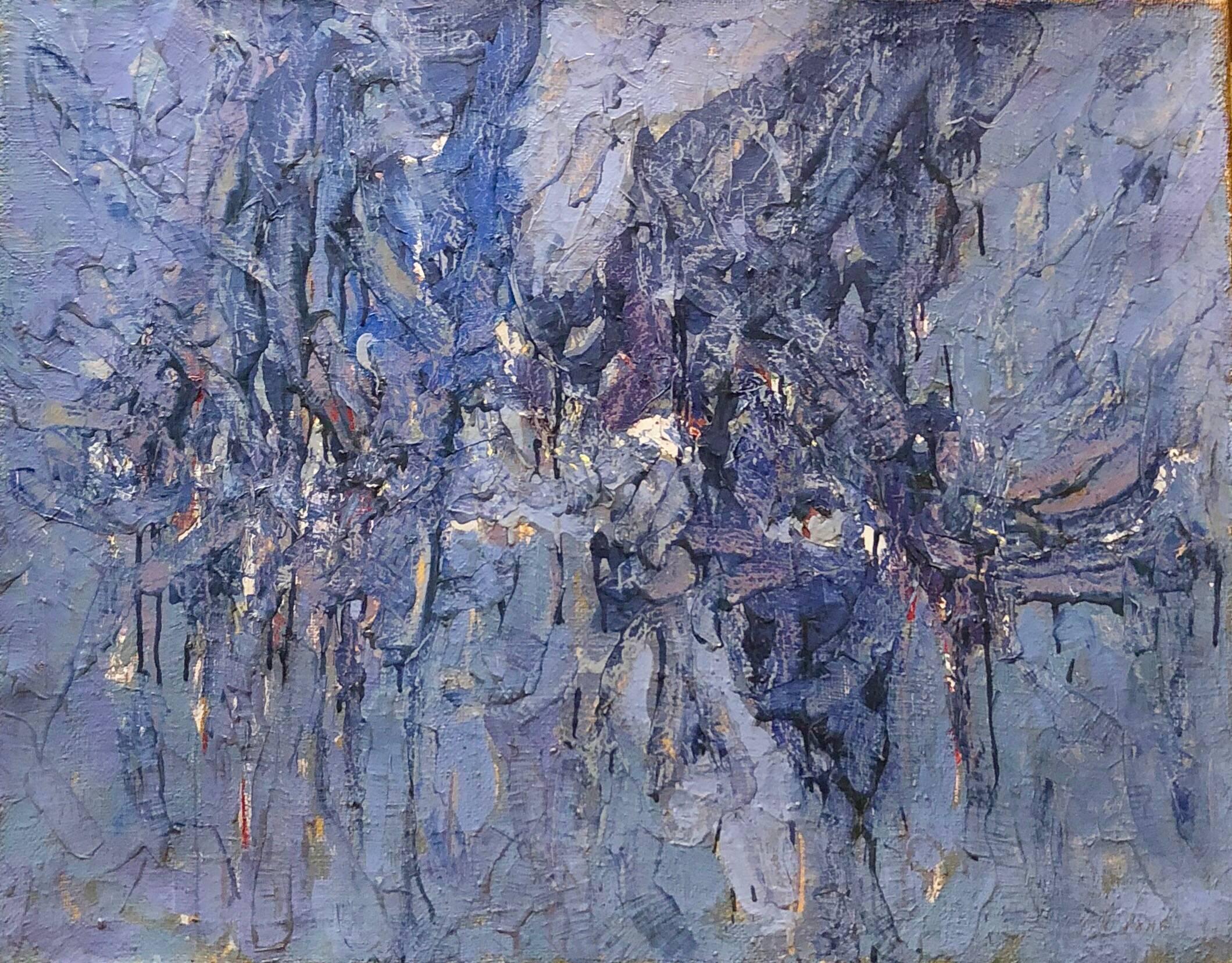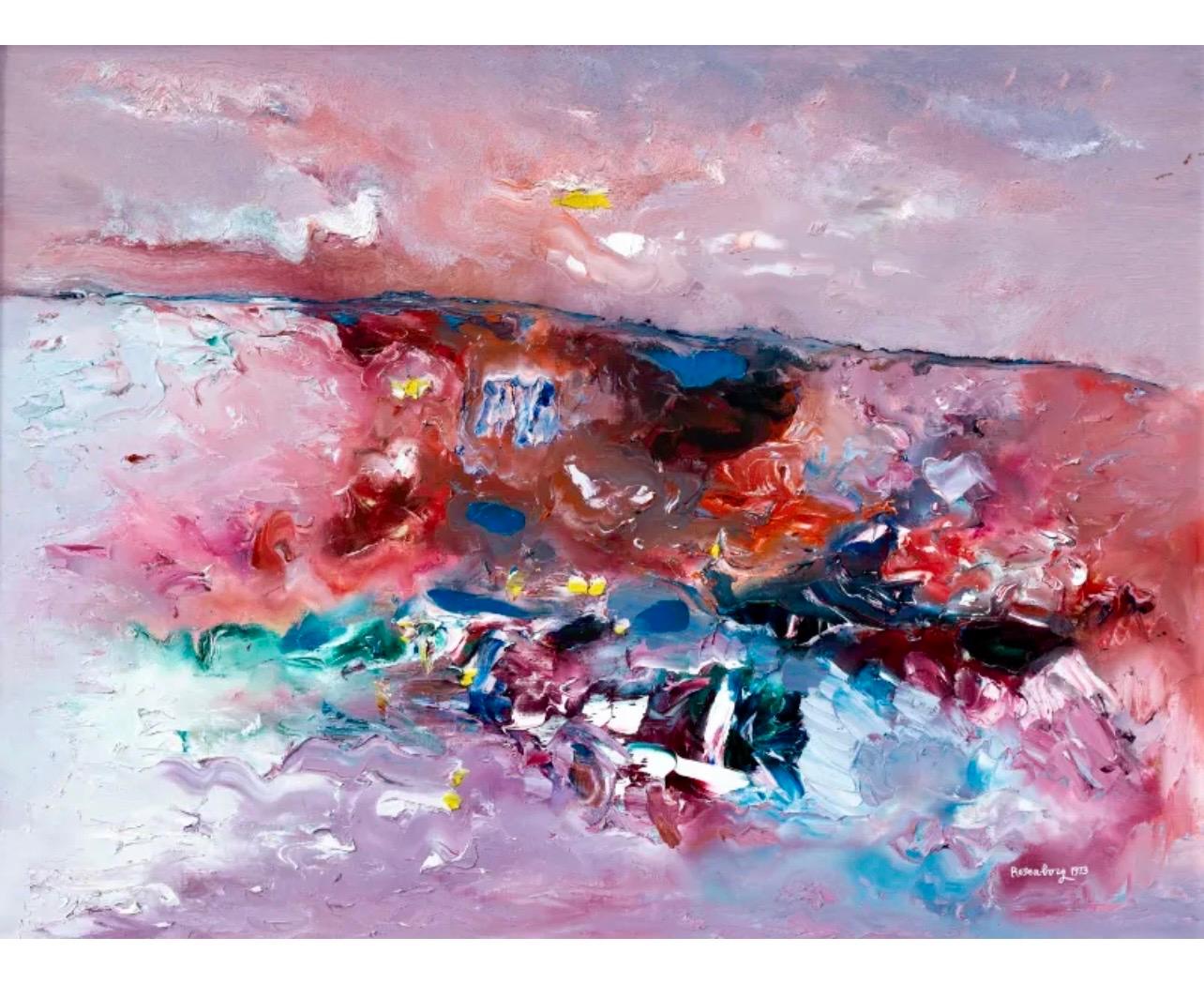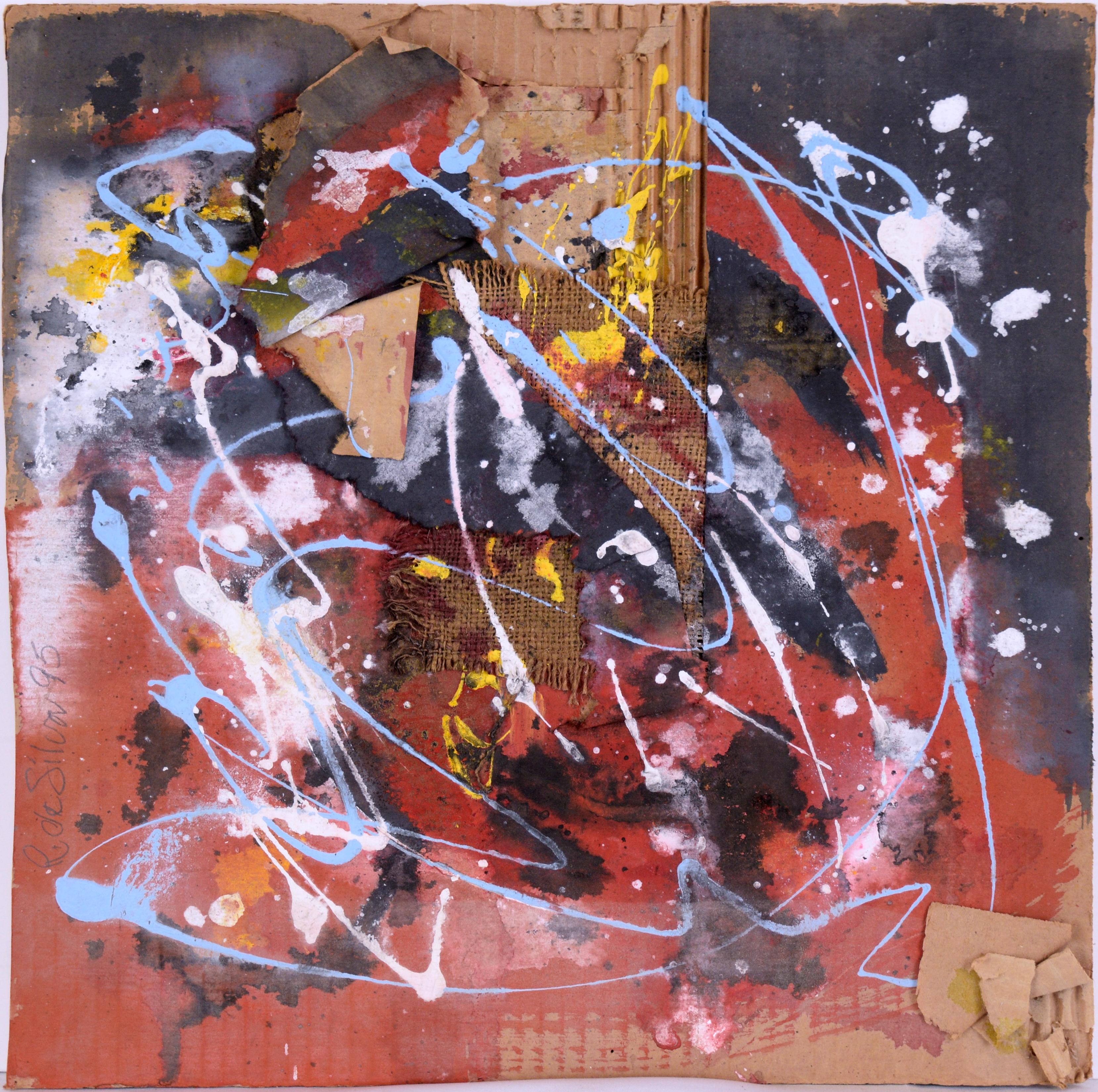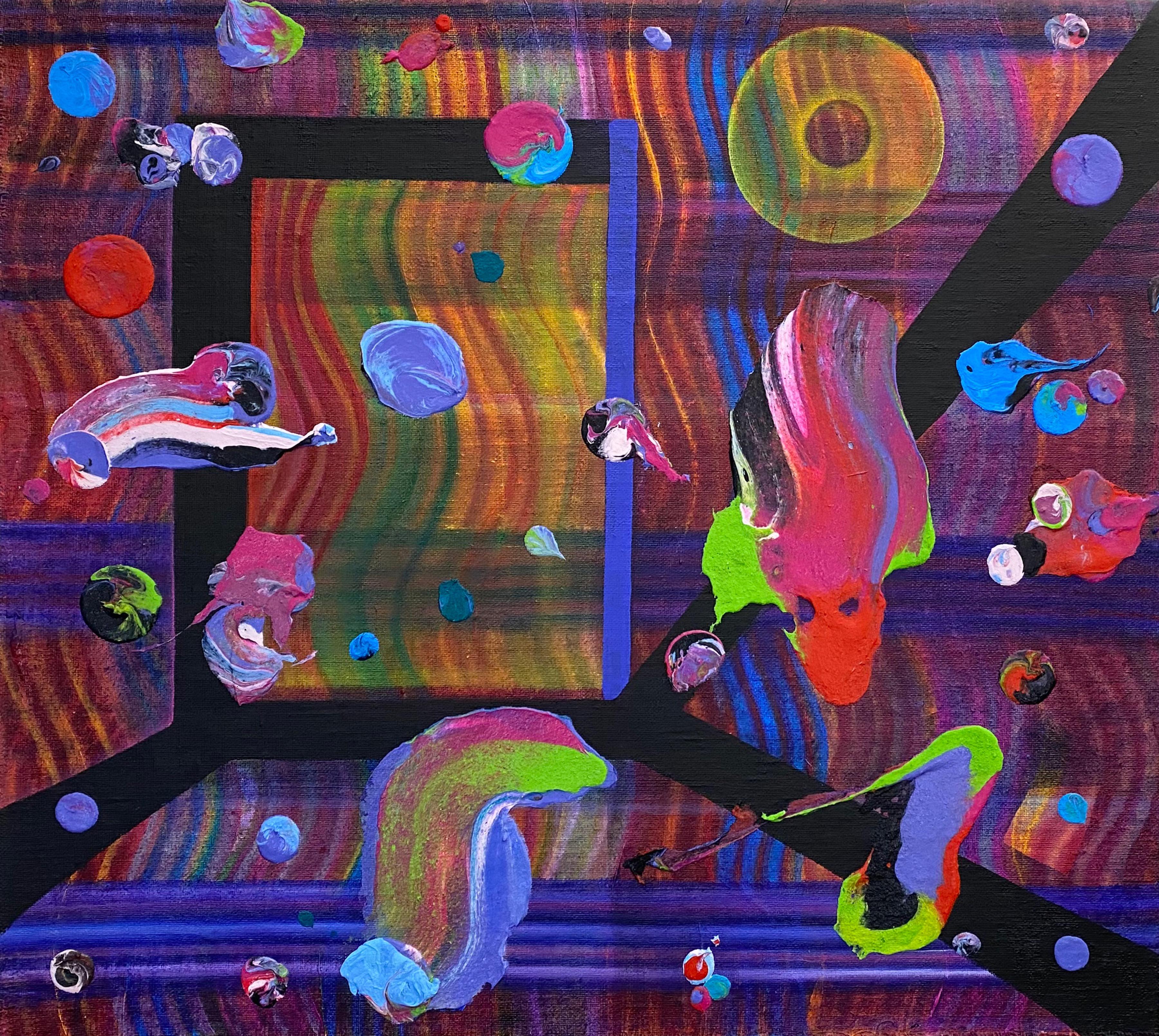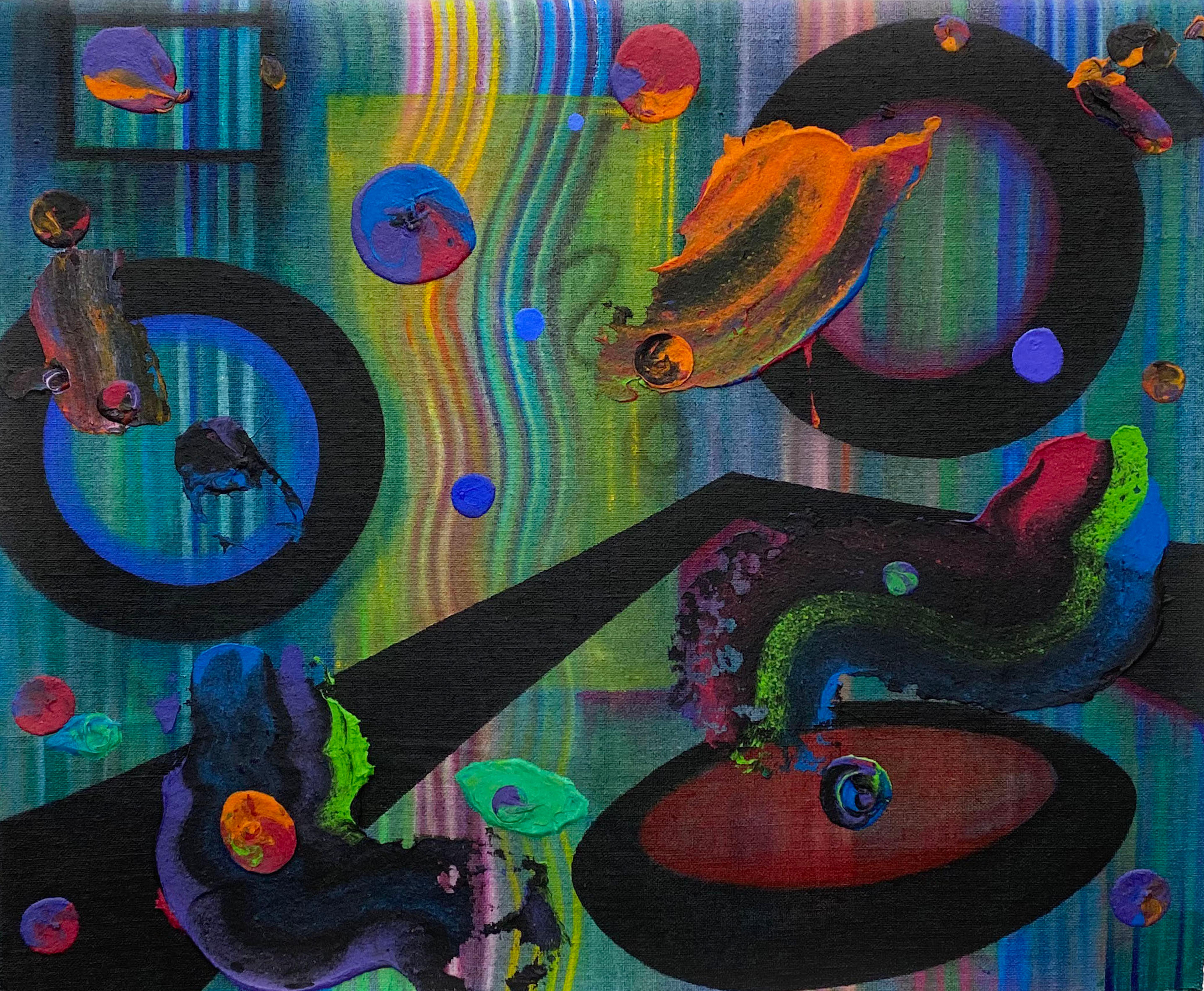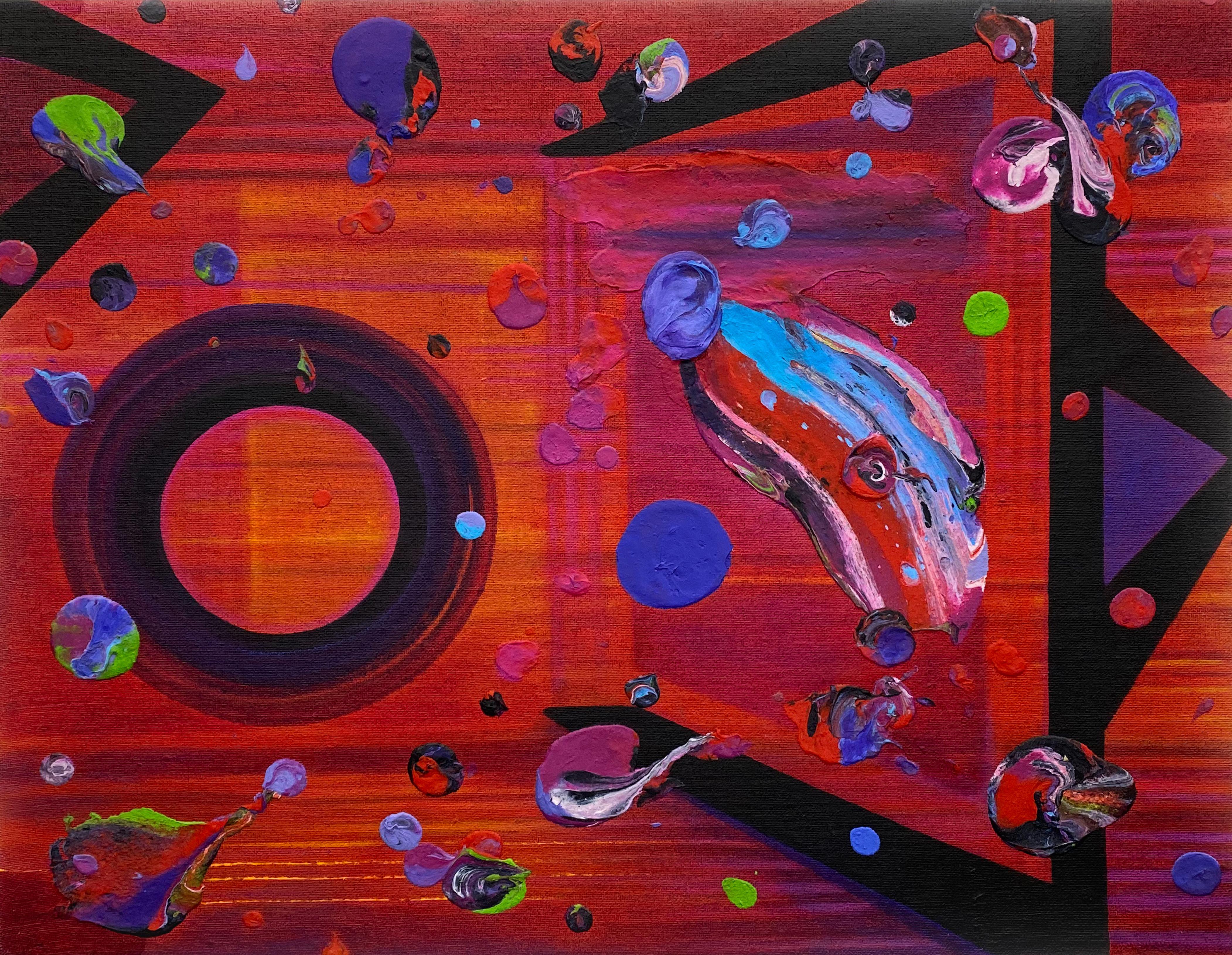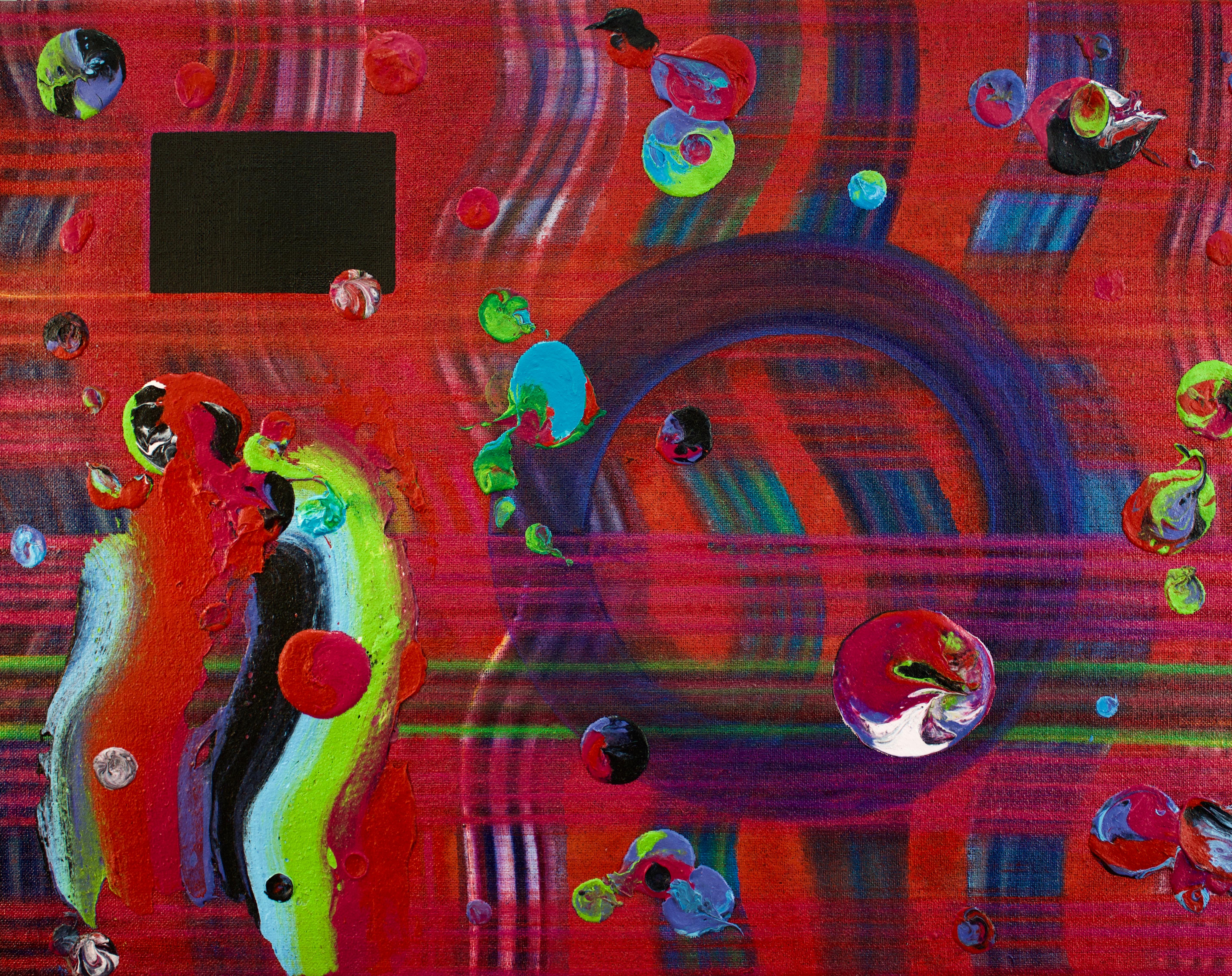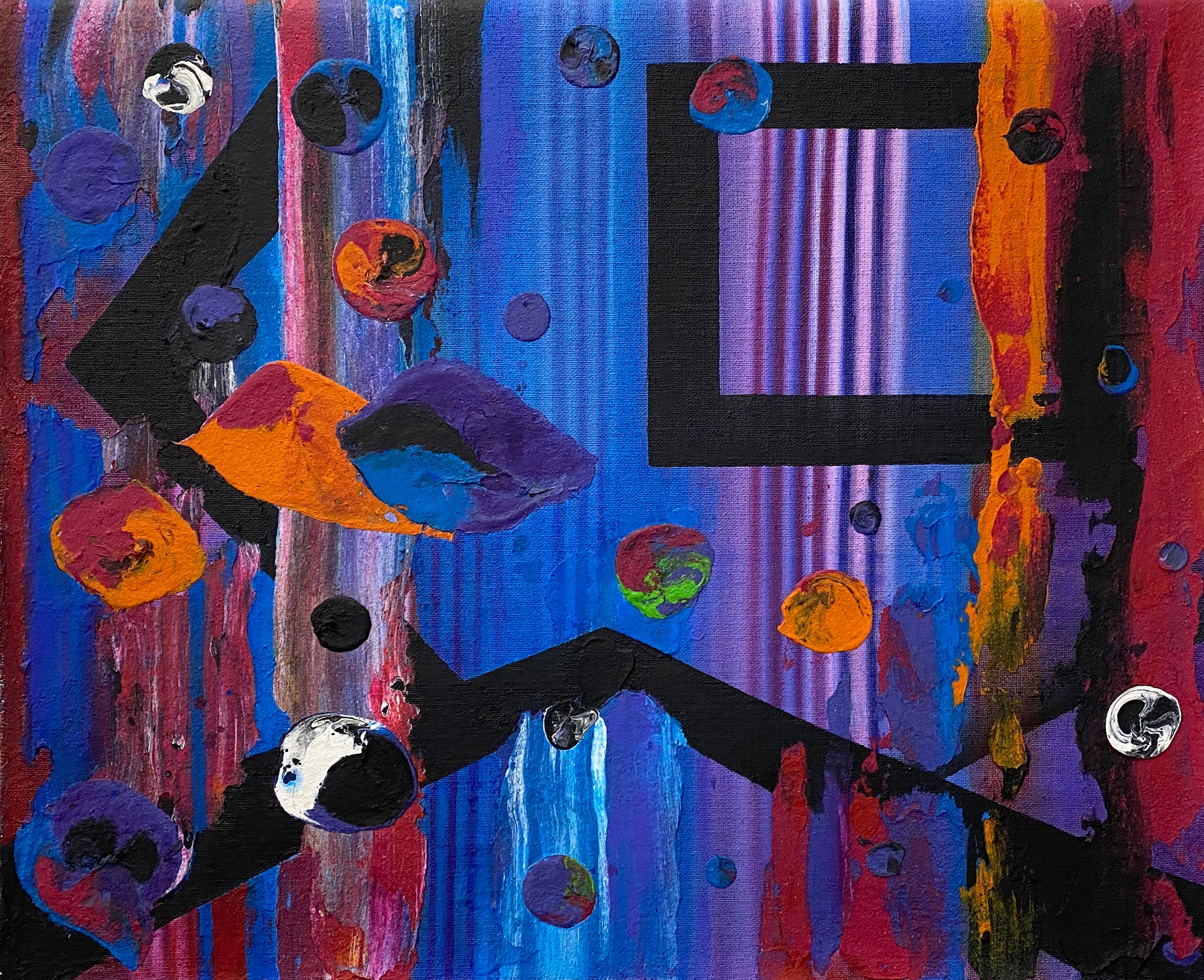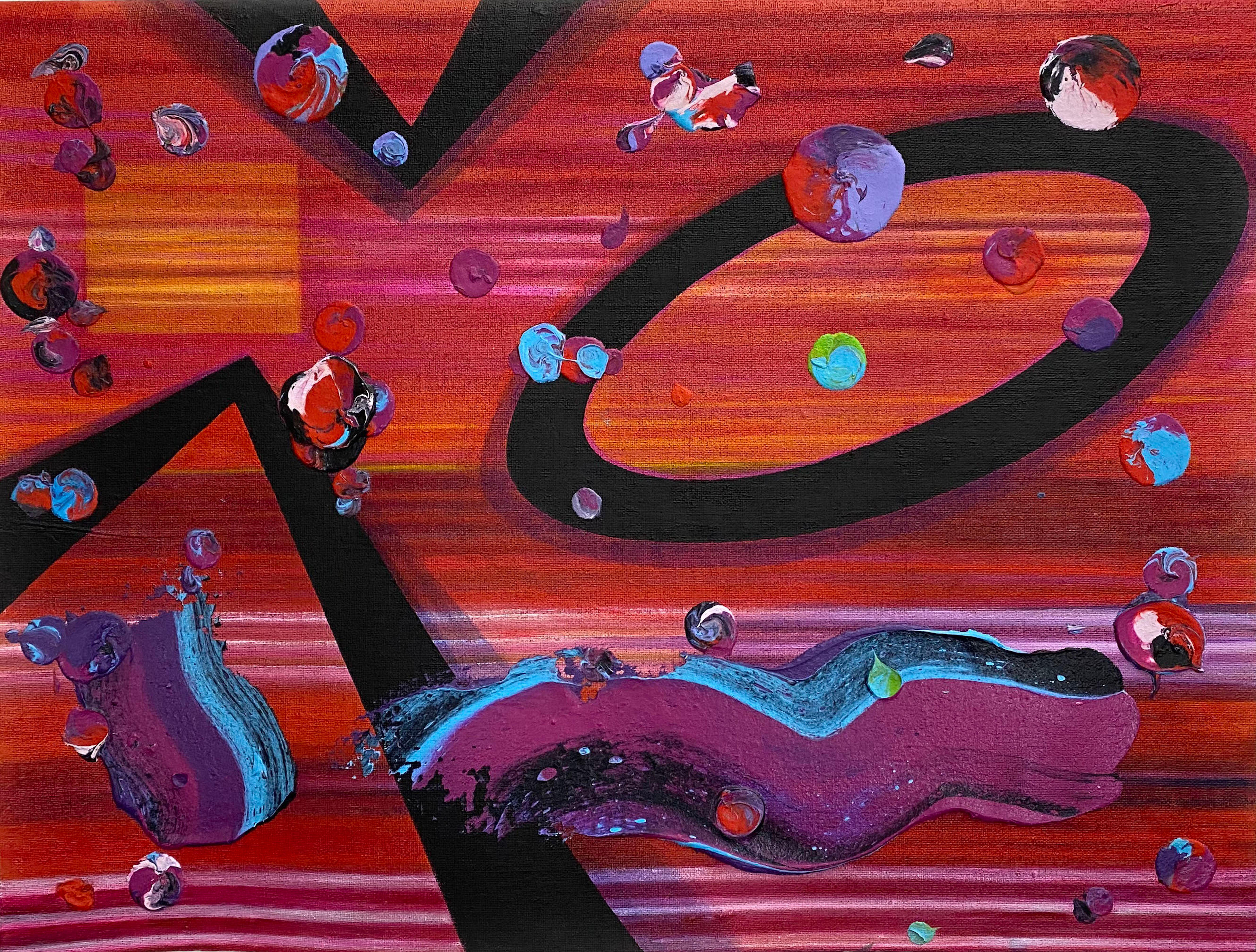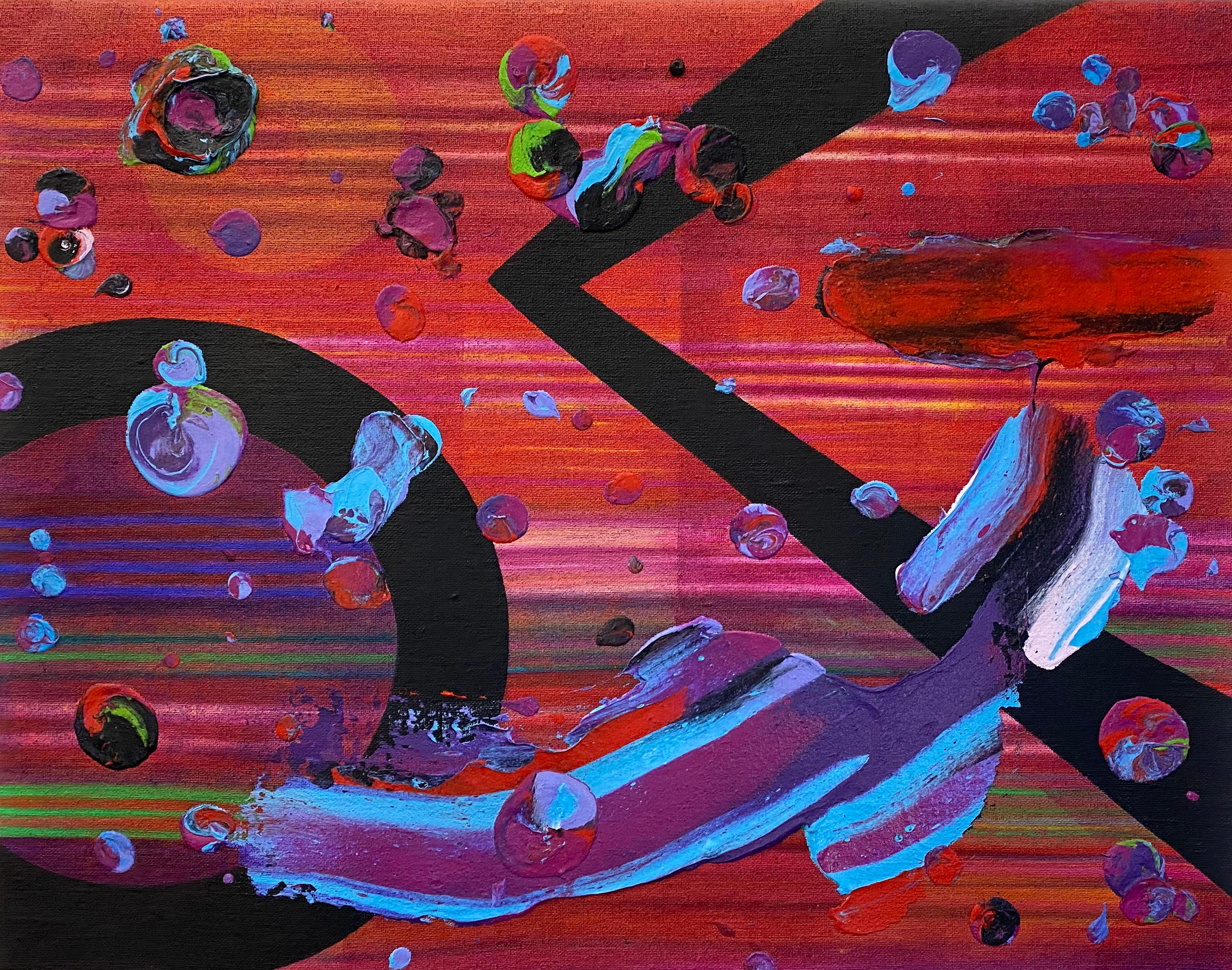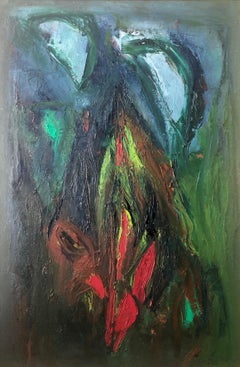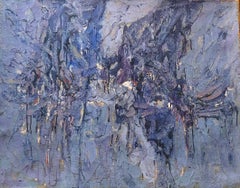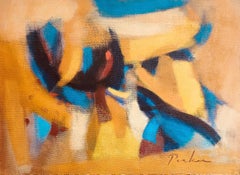
Le Midi
View Similar Items
1 of 3
Bill ParkerLe Midic. 1955-1960
c. 1955-1960
About the Item
- Creator:Bill Parker (1922, American)
- Creation Year:c. 1955-1960
- Dimensions:Height: 36 in (91.44 cm)Width: 50 in (127 cm)
- Medium:
- Movement & Style:
- Period:
- Condition:
- Gallery Location:East Hampton, NY
- Reference Number:1stDibs: LU18123199451
You May Also Like
- Untitled (43)By Hanna EshelLocated in Long Island City, NYUntitled (43) Hanna Eshel, Israeli (1926) Date: 1965 Oil and Assemblage on Burlap, signed and dated verso Size: 39 x 31 in. (99.06 x 78.74 cm) Frame Size: 45 x 37 inchesCategory
1960s Abstract Expressionist Abstract Paintings
MaterialsBurlap, Oil
- Large Colorful MCM Abstract Expressionist Oil Painting Modernist Ralph RosenborgBy Ralph RosenborgLocated in Surfside, FLRalph Rosenborg (American, 1913-1992) Mountain Weed with Two Clouds, oil on jute canvas, canvas is hand signed recto and verso, artists label and Snyder Fine Art gallery label, The painting is dated 1965. Dimensions: 24 x 36 canvas, framed size is 44.5 x 32.5. Ralph Rosenborg (1913–1992) was an American artist whose paintings were described as both expressionist and abstract and who was a colleague of the New York Abstract Expressionists in the 1940s and 1950s. Unlike them, however, he preferred to make small works and tended to explicitly draw upon natural forms and figures for his abstract subjects. Called a "highly personal artist," he developed a unique style that was considered to be both mystical and magic. His career was exceptionally long, covering more than 50 years. Rosenborg was born in Brooklyn, New York, on June 9, 1913. In 1929, while he was a high school student, he began to work with the designer, artist, and instructor, Henriette Reiss. When Rosenborg encountered her, Reiss was serving as an instructor for the School Art League in the American Museum of Natural History. She was then engaged in instructing both students and their teachers in the city school system by a method she called Rhythmic Design. She believed inspiration for abstract designs could be found in rhythms—rhythms that could be perceived in ordinary perceptions much as they are when listening to music. In May 1930 Reiss selected a drawing by Rosenborg to be shown in an exhibition of creative design by City high school students. From 1930 to 1933, aged 17 to 20, Rosenborg studied with Reiss in what Vivien Raynor of the New York Times called a "pupil-apprentice" relationship. During this time she instructed him in music appreciation, literature, and art history as well as giving technical training in art. In April 1934 Rosenborg was one of 1,500 artists to participate in the annual Salons of America exhibition, which was held that year in Rockefeller Center RCA Building. Each paid two dollars for the privilege of hanging up to three works and none was given prominence over the others. The New York Times reported that by the time the show closed a month later, some 30,000 people had viewed it. The following year he was given a solo exhibition (his first) at the Lounge Gallery of the Eighth Street Playhouse. The year after that he participated in a group show held by the Municipal Art Committee and in 1937 was given a second solo exhibition, this time in the Artists Gallery. That year he also became a founding member of and participated in a group show held by American Abstract Artists, a loose assembly of artists that aimed to promote abstract art and artists in New York. Its founders included Josef Albers, Ilya Bolotowsky, Werner Drewes, Ibram Lassaw, Mercedes Matter, Louis Schanker, Vaclav Vytlacil and Rudolph Weisenborn. At roughly the same time Rosenborg associated himself with a group of abstractionists that called itself "The Ten" (It included Ben-Zion, Mark Rothko, Adolph Gottlieb and Joe Solman) and in May 1938 joined with its other members in what would be his first appearance in a commercial gallery: the Gallery Georgette Passedoit. In 1938 he his work appeared in a group show at the Lounge Gallery, in 1939 in group shows at the Artists Gallery and at the Bonestell Gallery with David Burliuk, Earl Kerkam, Karl Knaths and Jean Liberte...Category
1960s Abstract Expressionist Abstract Paintings
MaterialsJute, Oil, Canvas
- Abstract Expressionist Landscape Israeli Modernist Oil Painting, Moody BlueBy Shimon AvnyLocated in Surfside, FLShimon Avni Shimon Avny, painter, born 1932, Paris Shimon Avny (Stein) was born in Paris, France. He grew up in the Belville neighborhood. In 1942, when the Nazis occupied France, he was separated from his family. His mother and brothers were killed in the Holocaust. After the war, he was transferred from his hiding place to the town of Andlis. He immigrated to Israel with Youth Aliyah in 1948. In 1956, he joined Kibbutz Ra'im. In 1957, he studied painting with Joseph Zaritsky, Avigdor Stematzky and Haim Kiewe. He also studied with Yehezekel Streichman at the Avni Institute. At the end of the 1950s, he went to Paris to continue his studies. In the 1980s, he joined the Radius artists cooperative. Avny's early work was influenced by the abstractionism of the New Horizons group. In 1963, he took part in the group's exhibition at Ein Harod. His work is characterized by bold colors, expressive brushstrokes and flat planes. He is a figurative painter, but some of his work incorporates symbolic imagery. Education 1957 Painting with Joseph Zaritsky, Avigdor Stematsky and Haim Kiewe Avni Institute, Tel Aviv, with Yehezkel Streichman Grande Chaumiere Academy, Paris, 1958 Ecole des Beaux Arts, Paris, 1961 Fine Arts Academy, Rome Photography and television, Paris, 1965-67 Teaching Lectured abroad for the Ministry of Education and Culture, 1969-71 Bezalel Academy, Jerusalem, painting, 1974-78 College of Visual Arts, Beersheba, 1975-81 Headmaster of the Art Institute, Rehovot, 1975-85 1981-85 and 1988-92 Art Teachers College, Ramat Hasharon Since1992 Avni Institute, Tel Aviv, Teacher and coordinator of the Arts Department Awards And Prizes 1975 The America-Israel Cultural Fund Scholarship 1985 Scholarship, The Cité Internationale des Arts, Paris, France 1993 The America-Israel Cultural Foundation, Sharett Fund Scholarship for a Young Artist. A member of the Aclim Group, which was organized in 1974. The group was established in the wake of the Yom Kippur War to point to the necessity of raising the public's consciousness of its Israeli identity in all cultural spheres. Participants in the group's exhibitions until 1983 were: Eliyahu Gat, Rahel Shavit, Ori Reisman, Avram Rafael, Michael Gross, Hannah Levy...Category
Mid-20th Century Abstract Expressionist Abstract Paintings
MaterialsJute, Oil
- Large Colorful Abstract Expressionist Oil Painting Modernist Beach LandscapeBy Ralph RosenborgLocated in Surfside, FLRalph Rosenborg (American, 1913-1992) "American Landscape, Sky and Shore, 1973" Oil on canvas. Signed 'Rosenborg' (lower right). Titled (verso). 30 x 40 in Ralph Rosenborg (1913–1992) was an American artist whose paintings were described as both expressionist and abstract and who was a colleague of the New York Abstract Expressionists in the 1940s and 1950s. Unlike them, however, he preferred to make small works and tended to explicitly draw upon natural forms and figures for his abstract subjects. Called a "highly personal artist," he developed a unique style that was considered to be both mystical and magic. His career was exceptionally long, covering more than 50 years. Rosenborg was born in Brooklyn, New York, on June 9, 1913. In 1929, while he was a high school student, he began to work with the designer, artist, and instructor, Henriette Reiss. When Rosenborg encountered her, Reiss was serving as an instructor for the School Art League in the American Museum of Natural History. She was then engaged in instructing both students and their teachers in the city school system by a method she called Rhythmic Design. She believed inspiration for abstract designs could be found in rhythms—rhythms that could be perceived in ordinary perceptions much as they are when listening to music. In May 1930 Reiss selected a drawing by Rosenborg to be shown in an exhibition of creative design by City high school students. From 1930 to 1933, aged 17 to 20, Rosenborg studied with Reiss in what Vivien Raynor of the New York Times called a "pupil-apprentice" relationship. During this time she instructed him in music appreciation, literature, and art history as well as giving technical training in art. In April 1934 Rosenborg was one of 1,500 artists to participate in the annual Salons of America exhibition, which was held that year in Rockefeller Center RCA Building. Each paid two dollars for the privilege of hanging up to three works and none was given prominence over the others. The New York Times reported that by the time the show closed a month later, some 30,000 people had viewed it. The following year he was given a solo exhibition (his first) at the Lounge Gallery of the Eighth Street Playhouse. The year after that he participated in a group show held by the Municipal Art Committee and in 1937 was given a second solo exhibition, this time in the Artists Gallery. That year he also became a founding member of and participated in a group show held by American Abstract Artists, a loose assembly of artists that aimed to promote abstract art and artists in New York. Its founders included Josef Albers, Ilya Bolotowsky, Werner Drewes, Ibram Lassaw, Mercedes Matter, Louis Schanker, Vaclav Vytlacil and Rudolph Weisenborn. At roughly the same time Rosenborg associated himself with a group of abstractionists that called itself "The Ten" (It included Ben-Zion, Mark Rothko, Adolph Gottlieb and Joe Solman) and in May 1938 joined with its other members in what would be his first appearance in a commercial gallery: the Gallery Georgette Passedoit. In 1938 he his work appeared in a group show at the Lounge Gallery, in 1939 in group shows at the Artists Gallery and at the Bonestell Gallery with David Burliuk, Earl Kerkam, Karl Knaths and Jean Liberte...Category
1960s Abstract Expressionist Abstract Paintings
MaterialsCanvas, Oil, Jute
- Jute Nebula - 3D Abstract Expressionist Mixed Media on CardboardLocated in Soquel, CAJute Nebula - 3D Abstract Expressionist Mixed Media on Cardboard Abstract in bold red, yellow and sky blue on a soft black background, by California-based artist Ricardo de Silva (B...Category
1990s Abstract Expressionist Abstract Paintings
MaterialsAcrylic, Burlap, Jute, Cardboard
$680 Sale Price20% Off - Enter Here, Chapter 22Located in Nashville, TNSince the 1990s, Heinsohn’s work has addressed climate change, impending cataclysm, and cultural dysfunction in numerous bodies of work including his mixed media wall reliefs, his "Time Frames" series of photo-based abstractions, and his turbulent, thickly painted, cratered abstractions. However, as mentioned in his recent statement: “Given the current dysfunctional mayhem of our planet, I believe we need visual art that provides a place for the mind to transcend our calamity, to thoughtfully explore the multitude of unknowns connected to our daily lives, and to thereby refresh our optimism and our sense of urgency in the reimagining of our existence.” These new works channel the meditative properties of abstraction pursued by Kandinsky and Malevich, combined with intuitive approaches of accessing higher consciousness which guided Hilma af Klint as well as, much later, artists of Abstract Surrealism such as Gordon Onslow Ford, Roberto Matta, Wolfgang Paalen...Category
2010s Abstract Expressionist Abstract Paintings
MaterialsBurlap, Acrylic Polymer
